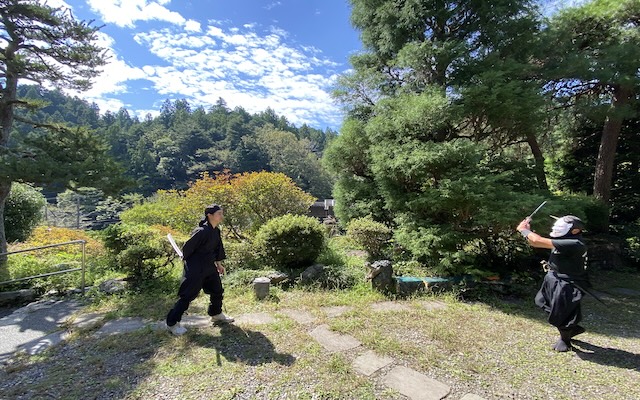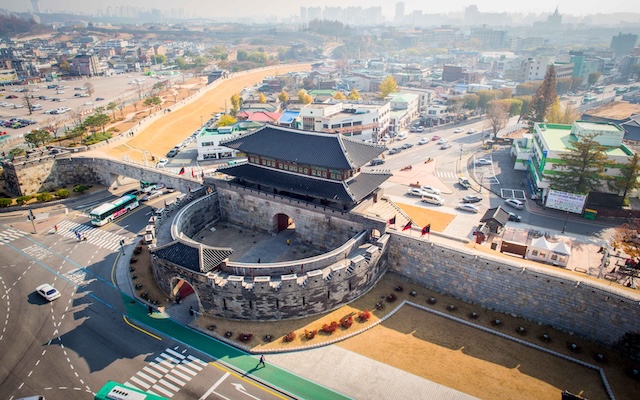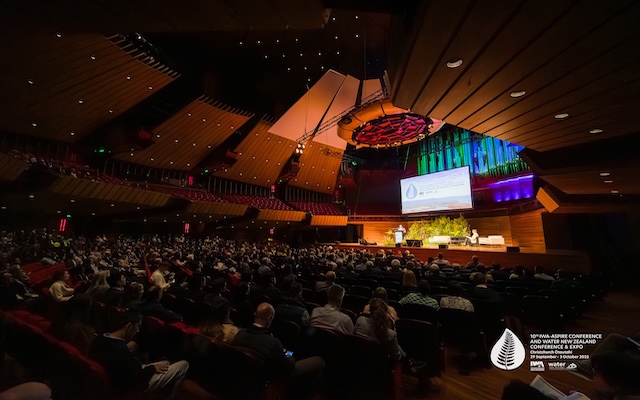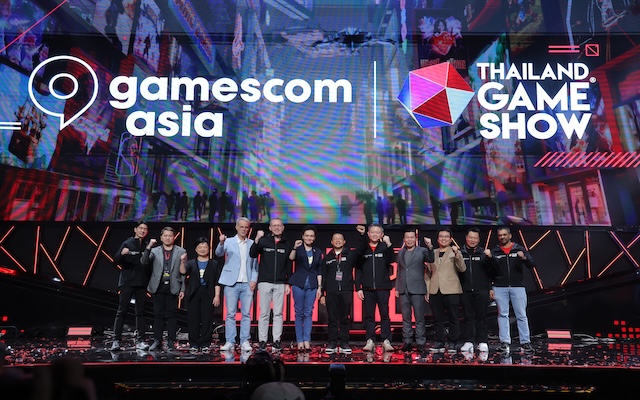The demographic structure of the global workforce is changing as people in Generation Alpha and Generation Beta come into employment, while Baby Boomers exit over the next decade.
With staff comprising several generations, organisation leaders will need to understand and appreciate the different characteristics, strengths and career motivations of each so as to have a cohesive and productive team, opined business industry professionals.

Speaking at the ICCA Asia Pacific EvolvDestination Forum on August 21 – part of the wider Goyang Destination Week 2025 running from August 20 to 23 – Jittanun Techasarin, director, Convention Department at the Thailand Convention & Exhibition Bureau (TCEB), pointed out that the different characteristics of “senior pros” and the younger generation of staff produce a beneficial blend for organisations.
“Senior pros value stability, have deep experience, respect formal procedures, and prioritise organisational longevity and structured systems. On the other hand, millennials and Gen Zs are tech-savvy, seek rapid feedback and are highly value-driven. They prioritise meaningful work, inclusive cultures, and seek purpose beyond economic rewards,” Jittanun explained.
As such, organisations “must proactively design a workplace environment and professional ecosystem that will attract, include and leverage both established expertise and new possibilities”.
When asked by moderator Mike Williams, acting CEO of GainingEdge if the growing presence of younger staff would speed up displacement of Baby Boomers, Jittanun said their positions are assured as the business events industry values seasoned professionals and the success of the industry is determined by having various talents in the ecosystem.
Panellists on the session, Bridging Generations: Unlocking the Power of Cross-Generational Collaboration, are unanimous that open and respectful communications across generations are crucial for an efficient workplace.
Kyuree Kim, senior project manager, international cooperation division with the Korea MICE Association, shared observations that experienced team members tended to speak out without listening to younger colleagues, who may have “better ideas that would benefit projects”.
“Hence, we (in the middle and upper management) have to learn to listen without judgement,” Kim added.
Kim, who has been with the Korea MICE Association for almost 12 years, said her younger team mates were behind the idea of promoting the annual Korea MICE Expo on social media, a move that had good outcomes.
Ezza Ramli, a young professional with the Kuala Lumpur Convention Centre who won the ICCA Asia Pacific Business Events Youth Challenge 2025’s Young Professionals category, said there are only three members in her office aged under 30, but they are encouraged to speak up at meetings.
She added that younger staff like herself can learn much from seasoned leaders.
Jittanun believes that the generation gap can be closed by strategic communication. TCEB has “intentionally built a culture of camaraderie, where team members feel connected and comfortable working together (like) a family”, she shared, adding that colleagues address older peers as “pi”, which means elder sibling in Thai, and younger ones as “nong”, which means younger sibling. This approach also abides by the Thai cultural concept of kreng jai, which encompasses politeness, self-restraint, and awareness of how one’s actions affect others.
Kenrich Sze, a student of Sunway University who won the Students Challenge, hopes for supportive leadership when he begins his career. “We have lots of ideas, but we are hesitant to share because of hierarchical concerns,” he said.
Williams acknowledged Asia’s strong respect for elders in terms of age or rank, and said this would mean staff deferring to their leaders for all decisions in some companies.
Kim opined that the middle management could be the one to break this “hierarchical” wall by connecting upper management with subordinates. She personally does this by listening to ideas from her younger staff, then picking out the good ones to build a proposal with data and supporting documents that she would use to persuade senior leadership.


























